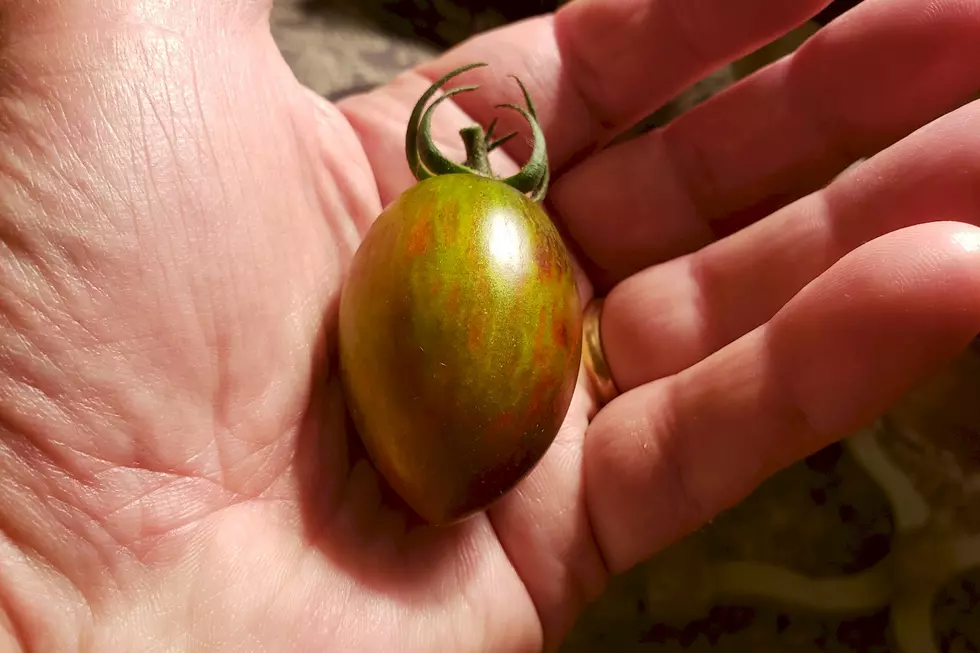
Garden Groove: Thinning and Weeding
Getting in the Garden Groove with John Schroeder: Rip Out a Lot of That Stuff You Just Planted
It seems counterintuitive, but every year in my vegetable garden I end up pulling out and discarding as many or more seedlings than I end up leaving behind to grow and mature. You put in a bunch of seed in mid-spring, only to eventually pull out many of the tiny green plants that emerge from the soil.
Most plants need space to do their thing, but root crops (radishes, carrots, turnips, beets, parsnips, etc) really need to have some elbow room. As the root expands it needs not only soft soil to allow it to grow downward but it also needs room to expand its width. Even if I carefully spread seeds at the time of planting I still end up with seedlings that are too close together. Carrot seeds, especially are tough to space out because of how tiny those little buggers are. After the seedlings of these types of plants are an inch or two high I get down on my hands and knees with my face fairly close to the ground and I try to make it so that there’s no less than an inch or two between each plant. It’s tedious work to make that happen, and even though you feel really weird discarding more plants than you leave behind your chances for a decent crop later in the season will get much better by doing this. (Now, certain soils don’t support root crops as well as others, so that could also contribute to less-than-stellar results for these kinds of plants. But that’s a discussion for another day.)
Thinning seedlings like this always works better a day or so after a rain or after a good garden hose soaking. When you pull the plant out of the ground, you want to make sure you get the entire thing – root and all – or it could grow back and still crowd out its neighbor seedling that you were trying to help. The soil is softer and more easily releases the entire root when it’s damp.
There are other types of plants that also have to be pulled out of the garden on a regular basis, and their existence is a big reason why more people don’t get into gardening. I’m talking about WEEDS! When it comes to those nefarious intruders I’ve learned to WEED EARLY IN THE SEASON. Like anything else in life if you start right away on a project and stay on top of it the job somehow seems to be easier. If I get on my weeds right away in the spring then I just have occasional ones here and there to pluck later in the year. This lesson was learned the hard way. In what might have been my very first year of having my own garden I planted a bunch of stuff...and then just sat back and watched it grow. I didn’t do any thinning; I didn’t hoe between the rows, and worst of all I didn’t touch any of the emerging weeds - that is until they were so thick that I literally couldn’t see my rows of crops anymore. I was able to save that garden, but only after an incredible amount of “catch-up weeding” that literally took days. I should have just tilled the whole thing over and started again.
So, I’ve come to understand (for me anyway) that it’s much easier to start weeding early and break it into small tasks over several days and weeks. Oh, and try to do that after a rain or watering, toom for the same reason of wanting to get the entire plant, root and all.
Next week: Gardening as Art
John Schroeder is a sales guy at Townsquare Media St. Cloud, but in his past life, he was an on-air personality specializing in sports. But what really turns his crank is getting out in his 28 x 15 foot vegetable garden several times a week nurturing, eventually harvesting (and sometimes sharing) homegrown food.

20 of the Hardest Lake Names to Pronounce in Minnesota
More From AM 1240 WJON









